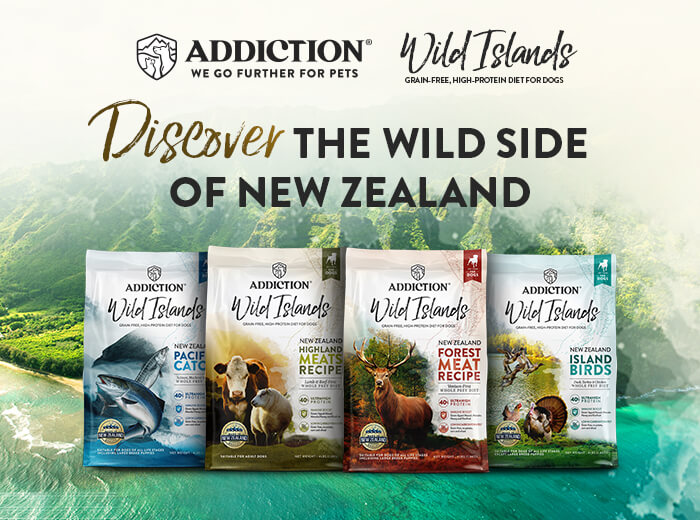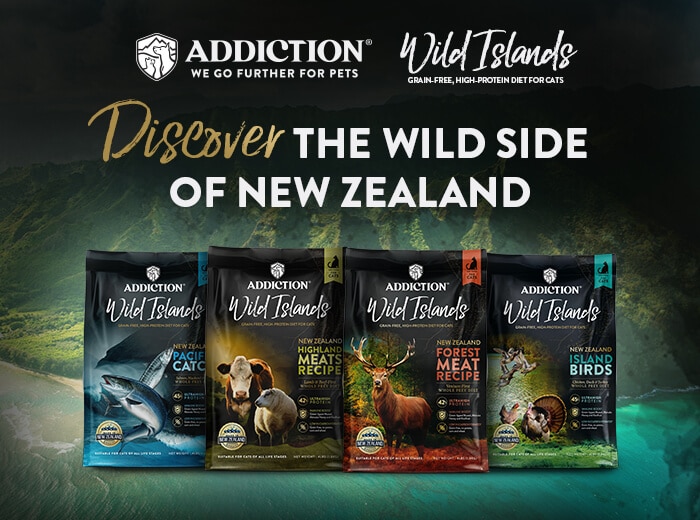Welcome to the year of the snake. Now that we’re officially there, we can start working on some of our more mundane lists or resolutions. Things like eating well!
Let’s talk a bit about pet food since that’s what we do. It’s not only important to feed your pet a high quality food, it’s important that it’s the *right* high quality food. It doesn’t matter if you’re feeding your dog free range, organic chicken if he’s allergic to chicken. If your cat can’t tolerate lamb, the quality of the lamb wont’ change that. We’ve talked a bit about this before, but I want to go over a quick how-to for dogs and cats who might have allergies.
Allergies have lots of symptoms, but the most common are itching, scratching, hot spots, chewing on paws and poor skin and coat. Recurring ear infections, yeast infections and dandruff can also be related to allergies. Some animals will get chronic diarrhea or constipation. Sometimes (cat’s especially) they will vomit foods that don’t agree with them. Most animals don’t have allergies, they just have intolerances to certain proteins so some of the symptoms can be digestive problems.
Here’s the steps you should take if your pet is having problems with it’s food.
Step One: What are you feeding? Does this food contain ? Artificial colors or flavors? If you’re not feeding a food without these things, your pet may not have allergies. They might just be reacting to a poor quality food. Switching them to a higher quality food might take care of it. Find a small, local pet store with knowledgeable employees who can help you navigate label reading. There are also great sites on the internet that help with this!
Step Two: Okay, you’re already feeding a high quality food. Check out the ingredients. How many different ingredients are there? Are there grains? Grab a notebook and get ready to do some sleuthing now. Keeping track of everything now will pay off later, I promise! You’re going to write down everything your pet is eating. Snacks, canned food, dry food, table scraps, treats from your dog walker, everything needs to be written down. You can also snip out labels and tape them in if that’s easier, but it’s really important to know the ingredients of EVERYTHING that goes into your pet.
Step Three: Pick a simple food with simple ingredients. The easiest way to do this is to use one protein source. Let’s use venison for this example. You would want to only feed foods that use Venison as the ONLY protein source. If you’re giving canned foods you can continue to supplement as long as the canned food uses the same ingredients as the dry food. We can use our Viva La Venison as an example. It contains venison and potatoes. You could then use Hunter’s Venison Stew as the canned food. For treats, you could feed the Venison Meaty Bites. If your dog needs chews, there are Venison chews on the market. Just make sure you know what country the meat is sourced from (do not buy ANY products that use anything sourced in China). Eliminate any products that contain other ingredients. Transition your pet slowly to the new food. Once they are eating only the new food, you should notice improvements in a few weeks. If any of the symptoms get worse, discontinue that food immediately and switch to a different protein source. If the symptoms, stay the same, give it more time. A general rule of thumb is that you need to feed your pet’s weight in food before all the symptoms will go away. So if you have a 20lb dog, you will need to go through 20lbs of food before you might notice a significant improvement. Most of the time, if are strict about this part of the diet, you will notice improvements pretty quickly.
Step Four: If your pet’s symptoms have improved, you just stay on this food until everything has cleared up. Once it has, you can start adding in new proteins. It’s tempting to stay on the same food without doing this step, but it’s very, very important. Animals that stay on the same food for long periods of time can often develop sensitivities to the food. Giving your pet variety isn’t just to keep them from being fussy, but also to keep them from developing any problems with their current food. It builds stronger digestive systems. It’s also a good idea to always have a few foods to choose from in case there are ever supply issues.
If your pet’s symptoms have NOT improved, you need to write down everything you tried and for how long in your Pet Food notebook. You may want to keep track of any seasonal changes or stressors in their environment at the same time. The more information you have, the better. After you’ve written everything down, you will be moving on to a new food. The best way to start is by looking for a food with a different protein source, but the same carbohydrate source. If we were looking at Addiction’s food line and using the venison as our first food, we would recommend switching the Salmon Bleu. The formula is very similar to the venison, but with a different protein source. Then you would go through Step Four again.
Step Five: This should actually be Step Five, Six, Seven, Eight and on until you can just stay at Step Four where you have a food that works! You basically are just repeating Step Four with other foods. You must make sure to write down everything that goes into your pet. This way, when someone recommends a food, you can look over your list and see what you’ve already tried. If you’ve exhausted alternative proteins, maybe your dog has a grain allergy. Or a problem with white potatoes. Or maybe it’s seasonal allergies. Sometimes sensitive dogs need supplements like fish oil or probiotics added to their diet. By tracking everything, it becomes much easier to see patterns. If you’re super organized, a spreadsheet would be ideal. I couldn’t find one online. If you know of one, please share it in the comments! I’d love to point people to an easy way to track this.
It’s easy to become overwhelmed when you’re trying to figure out what works for your pet. A good relationship with someone knowledgeable can be helpful. Independent pet stores can often be the best source of information. They have access to a large variety of foods and supplements and can help you figure out what would work best for your pet.
We are always happy to help you navigate these choices also. Obviously, we carry a wide variety of novel proteins and are a good place to start for animals with sensitive systems or allergies. Send us an email at info@addictionfoods.com or give us a call at 425-251-0330.












